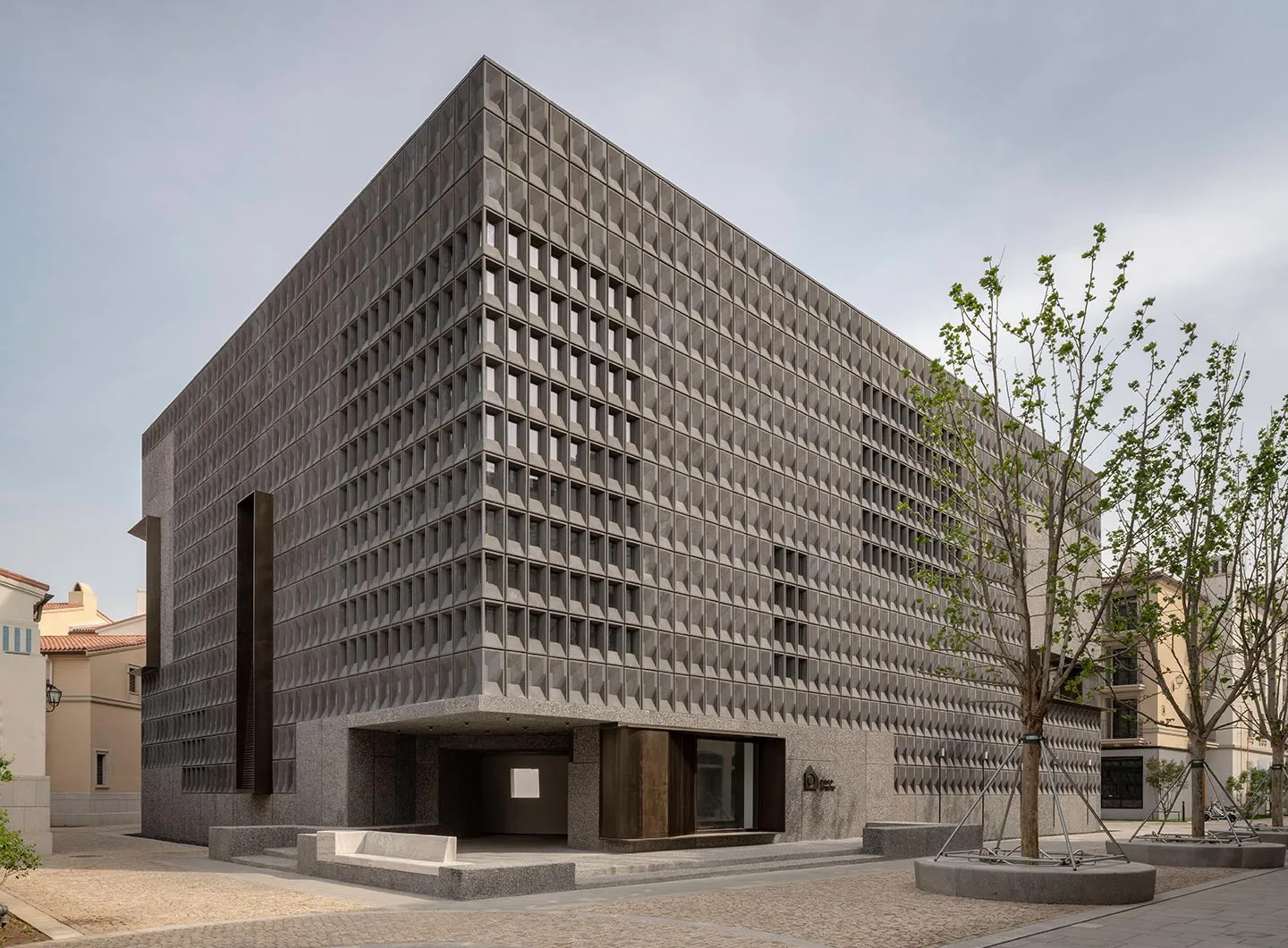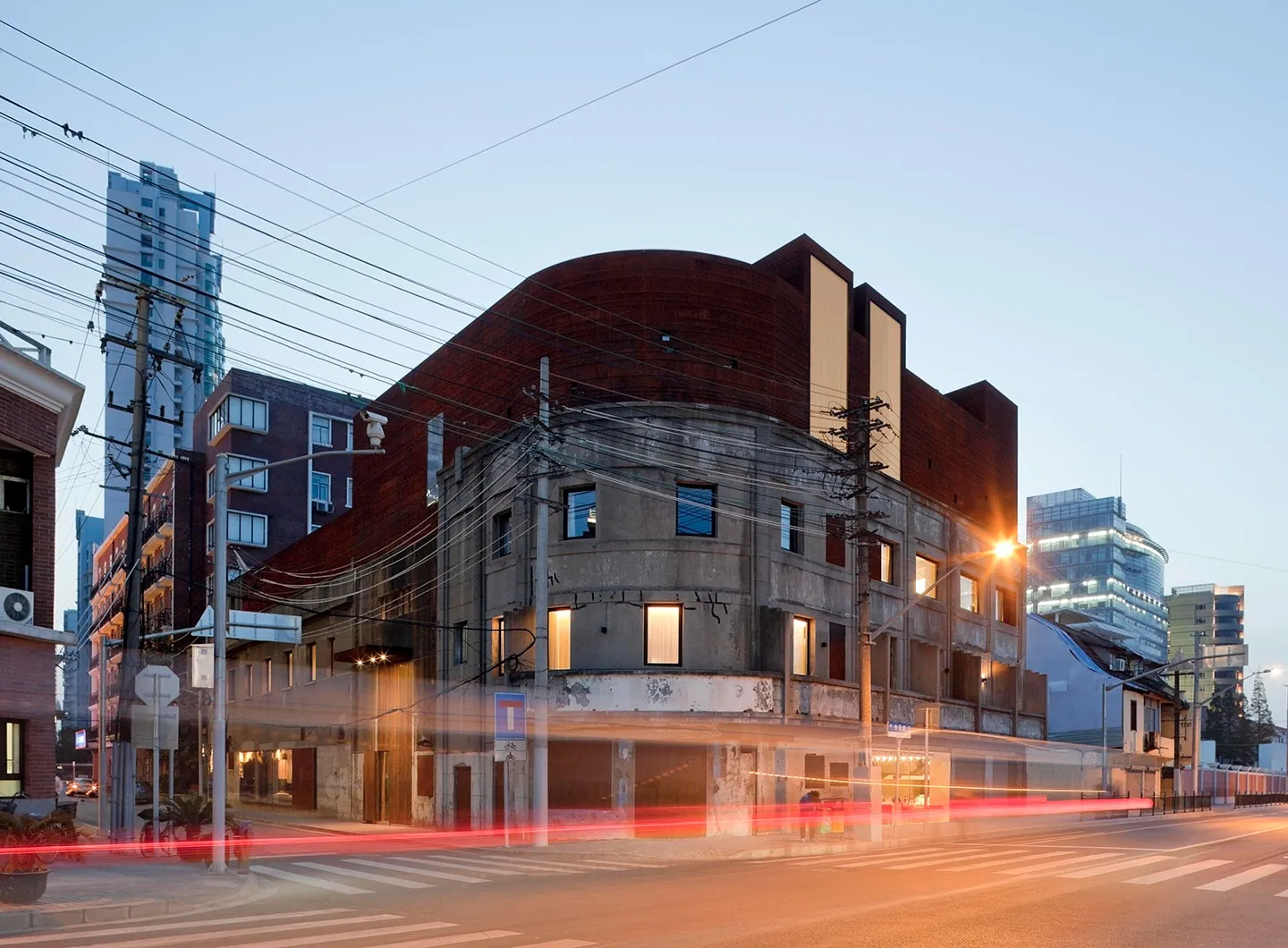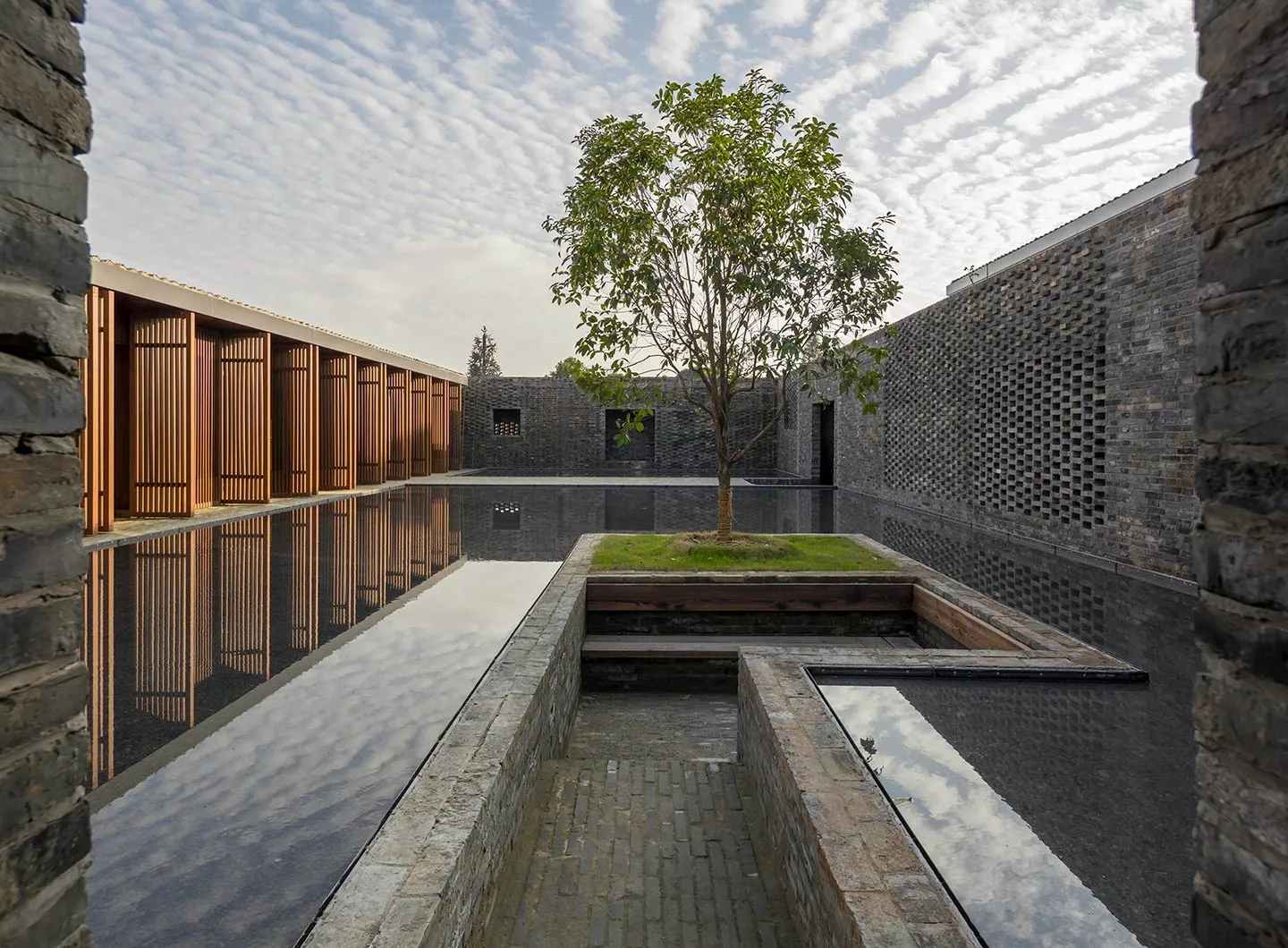In partnership with MiCodmc, a selection of establishments ripe for discovery during the 63rd edition of the Salone del Mobile.Milano, from 8th to 13th April

Photo by Thierry Coulon
Stars of international design, they respond to a view of the world that encompasses all the different design disciplines, for a new paradigm in the field of architecture.
International design stars Lyndon Neri (Masters in Architecture from Harvard and Degree in Architecture from the University of California, Berkeley) and Rossana Hu (Masters in Architecture and Urban Planning from Princeton University and Degree in Architecture from the University of California, Berkeley) are partners in private life and at work, the latter since 2004 with the Neri&Hu Design and Research Office, an interdisciplinary practice based in Shanghai with offices also in London. It specialises in design, architecture, urban planning and graphics – they designed the Cloud label for the S. Pellegrino mineral water brand specifically for the Salone del Mobile.Milano Shanghai 2018. It is a multicultural studio, in which more than 30 languages are spoken, reflecting their credo of “critical design thinking”- responding to a vision of the world that encompasses overlapping design disciplines for a new paradigm in the field of architecture. The practice therefore has its own particular DNA, working largely in China but active throughout the world, harnessing an Asian design scale, but in an international vein, making for an original blend of East and West.
They have won multiple awards for architecture and interior design projects – EDIDA Designers of the Year and ICONIC Interior Designers of the Year in 2017; Maison&Objet Asia 2015 Designers of the Year and Wallpaper* 2014 Designers of the Year, and were inducted into the Interior Design Hall of Fame in 2013, to name just a few of their recent achievements. Neri&Hu have designed for many leading brands, from Agape to Arflex, Artemide, Classicon, Concrete LCDA, Fritz Hansen, Gandia Blasco, JIA, Lema, Moooi, Nanimarquina, Offecct, Parachilna, Poltrona Frau, Porro, Stellar Works, Wallpaper* Handmade, Meritalia and BD Barcelona Design. Lyndon Neri and Rossana Hu’s eclectic work sees them very active in the fields of education, research and conferences, and they also set up the modern design platform Design Republic, which covers retail concept design, design and cultural exhibitions and training events.
China has changed dramatically recently, and the biggest of these changes is probably the acceptance of modern design. It has changed the taste of the masses, and global and social media are probably the main reason for this.
It was being infused with global energy and design influence on a daily basis, and the absorption rate was extremely high. The problem was that people were not very critical about what they saw and used, so regardless of whether it was good/bad, appropriate/inappropriate, everyone was being taken in.
But this should mark the start of continual growth in the design industry, so it should definitely endure.
Oggi è diverso. E questo dovrebbe essere solo l’inizio di una crescita costante dell’industria del design che, siamo sicuri, durerà molto a lungo.
We think that designers and architects often get so caught up with designing, so fast and so intuitively that it’s almost borderline acceptable for us to not spend a lot of time thinking. We need to have some time to think about what we’re drawing because… we could be extremely superficial and be very good at what we do and what we draw, to the point where it might be quite beautiful, and seductive, and very convincing, but is it enough?
We have a responsibility in everything we design. We have to ask ourselves what the meaning behind the things we do is. This means that research becomes very important because it tells us certain things that help us rethink the whole process of design.
We believe in architecture and design as a powerful cultural force. The functional aspects are less interesting to us, although they are a prerequisite for professionals - your design has to WORK on a very realistic level. We believe in the subtext over the obvious and the poetic over the utilitarian.
In terms of process, all our projects start with a concept and we attempt to research in all directions, looking for traces and signs that give inspiration to form. We are still too young to have a distinct language, so we flow in many directions depending on the specificity of the project. Of course there are issues that we always explore, such as layering, transparency, texture, framing and materiality. So, in essence, some of these issues are always part of our projects. Questions of culture and aesthetic philosophy concern us deeply and we also want to relate what we do to the everyday and to the general public.
A quote by Saint-Exupéry sums up both our design and life philosophy well: “We don't ask to be eternal beings, but we ask that things do not lose all their meaning.”
Finding the right balance and proportion of those things for each individual project. There is no formula, so each will be a different mix.
Interdisciplinary research is part of our design process. It is intrinsically intertwined with every project from the start. Architecture is still the foundation for everything we do, so it is the most important for us. We see design as a holistic discipline, taking it from the Renaissance concept of seeing design as a multidisciplinary approach.
Of course we were trained as architects, so buildings and architecture are still at the heart of everything we do.
Architects should try to balance the many things they are involved in, and be conscious of the social responsibilities of what they do. They need to think more deeply about the questions of building and city, rather than just scratching the surface. It's never about style. It's never about a look. It should always about meaning. Breaking away from the traditional mode of architecture as a practice and thinking outside the box.

In memoriam: David Lynch
The American director has left us at the age of 78. The Salone del Mobile.Milano had the honor of working with him during its 62nd edition, hosting his immersive installation titled “A Thinking Room”. An extraordinary journey into the depths of the mind and feelings. His vision will continue to be a source of inspiration.



 Stories
Stories



















